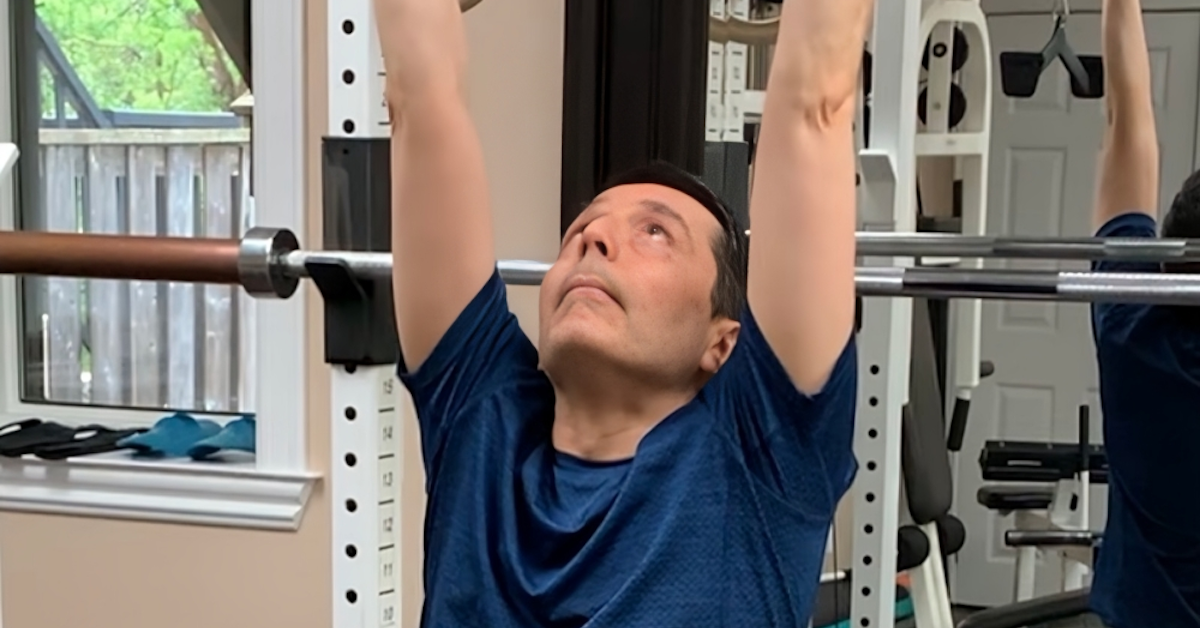When it comes to fitness, many people strive to improve both strength and endurance. However, combining resistance and endurance training can sometimes lead to the interference effect, where one type of training may hinder progress in the other. A recent study published in Medicine sheds light on how to structure concurrent training programs effectively to minimize this effect and optimize results.
Understanding the Interference Effect
The interference effect refers to the potential conflict between endurance and strength adaptations when they are trained together. While endurance training enhances aerobic capacity, it can sometimes impair muscle growth and strength gains if not properly programmed. The study highlights key factors that influence training outcomes, including fitness level, training sequence, exercise intensity, and recovery strategies.
Key Findings from the Study
✔ Fitness Level Matters
Trained individuals are generally better at handling concurrent training without significant interference compared to beginners, whose bodies are still adapting to new stimuli.
✔ Training Frequency & Volume
Too much endurance work—especially at high volumes—can negatively affect strength development. Strategic programming is crucial to balancing both.
✔ Exercise Sequence: Strength First or Cardio First?
The study suggests that performing resistance training before endurance work may be more beneficial for muscle growth and strength gains.
✔ Endurance Modality & Intensity
Not all cardio is equal. High-intensity interval training (HIIT) has been shown to produce less interference than steady-state endurance training, making it a smarter choice for those who prioritize strength while still improving endurance.
✔ Recovery & Nutrition: Essential for Progress
Proper rest, sleep, and protein intake are key to minimizing the interference effect. Without adequate recovery, muscle breakdown may outpace repair, leading to stagnation in both endurance and strength gains.
How to Apply This to Your Training
To get the best of both worlds, consider these practical applications:
- Prioritize Your Primary Goal – If strength is your priority, lift first. If endurance is your focus, perform cardio first.
- Limit Excessive Endurance Volume – Keep endurance sessions moderate to prevent excessive fatigue that could hinder strength gains.
- Use HIIT Instead of Long-Duration Cardio – HIIT workouts reduce interference while still improving cardiovascular fitness.
- Optimize Recovery – Ensure adequate sleep, nutrition, and post-workout protein intake to support muscle repair and growth.
By structuring your workouts strategically, you can make concurrent training work in your favor rather than against you.
Read the full study here: https://pmc.ncbi.nlm.nih.gov/articles/PMC11688070/

Leo’s Chin-Up Journey (Day 1): From Zero to Hero
Can’t Do a Chin-Up? Neither Could Leo… But That’s About to Change. Leo started training with me back in September.

Stop Abdominal Hollowing! It Weakens Your Lifts and Increases Injury Risk
If there’s ever a time not to draw in your navel, it’s during exercise. Despite the long-held belief that “sucking

How to Fix Lagging Body Parts: Proven Training Strategies
If you have a muscle group that refuses to grow, you have two options: Let’s break down both strategies and
follow
Error: No feed with the ID 2 found.
Please go to the Instagram Feed settings page to create a feed.
